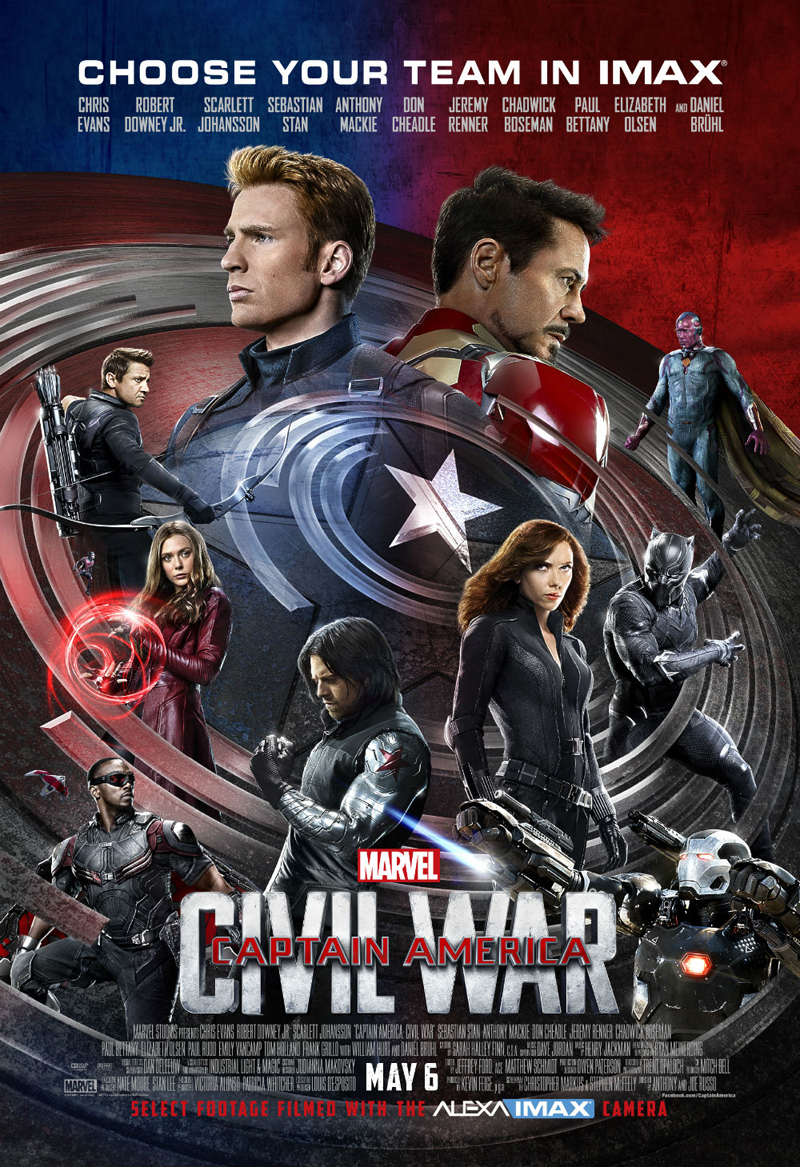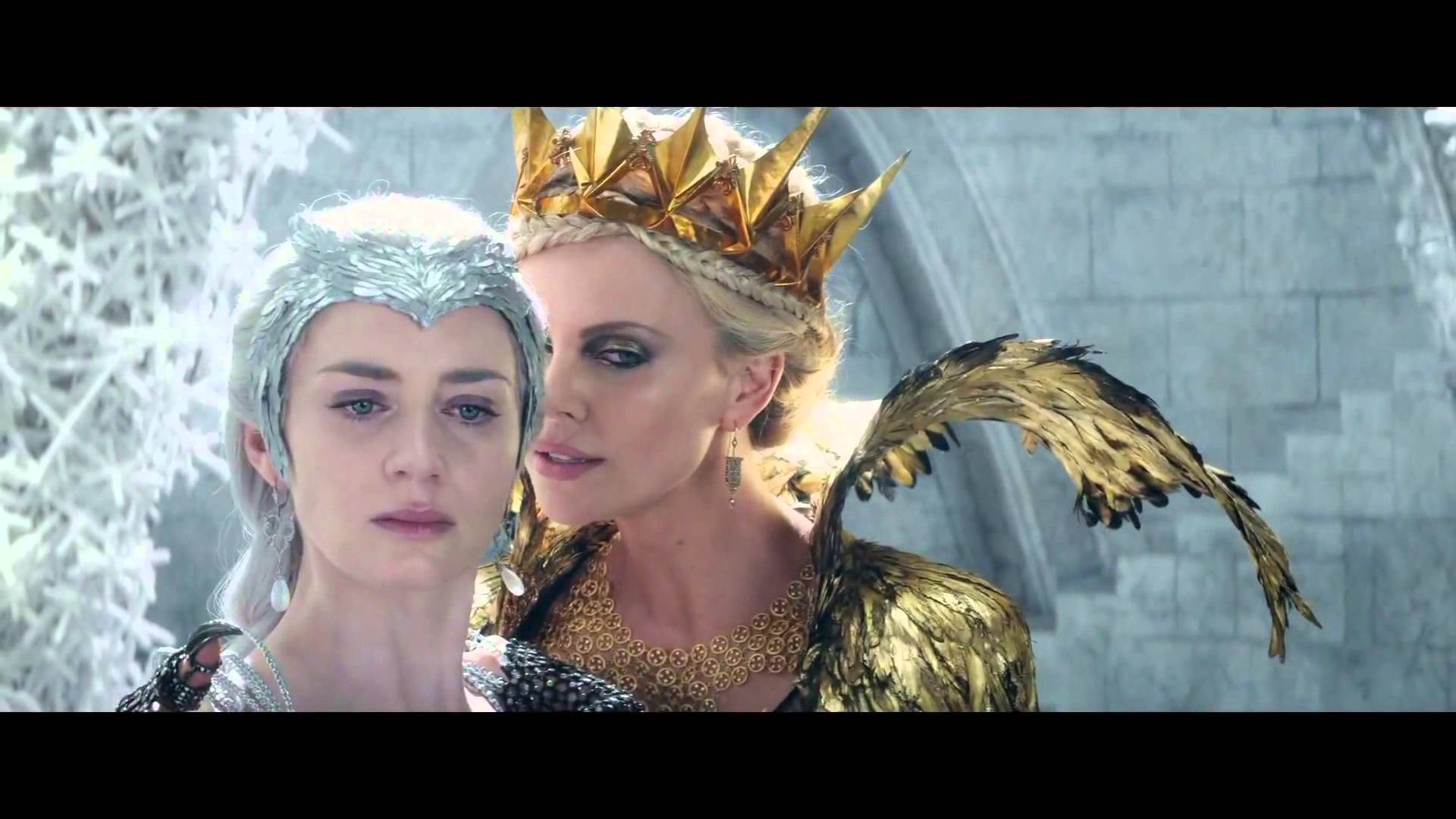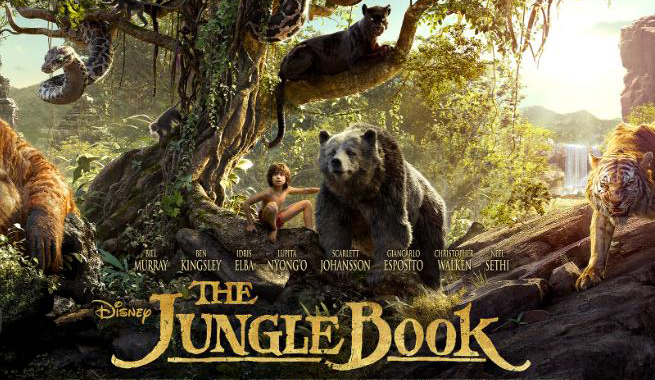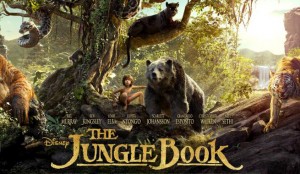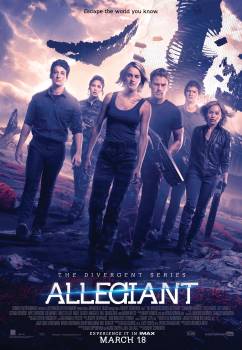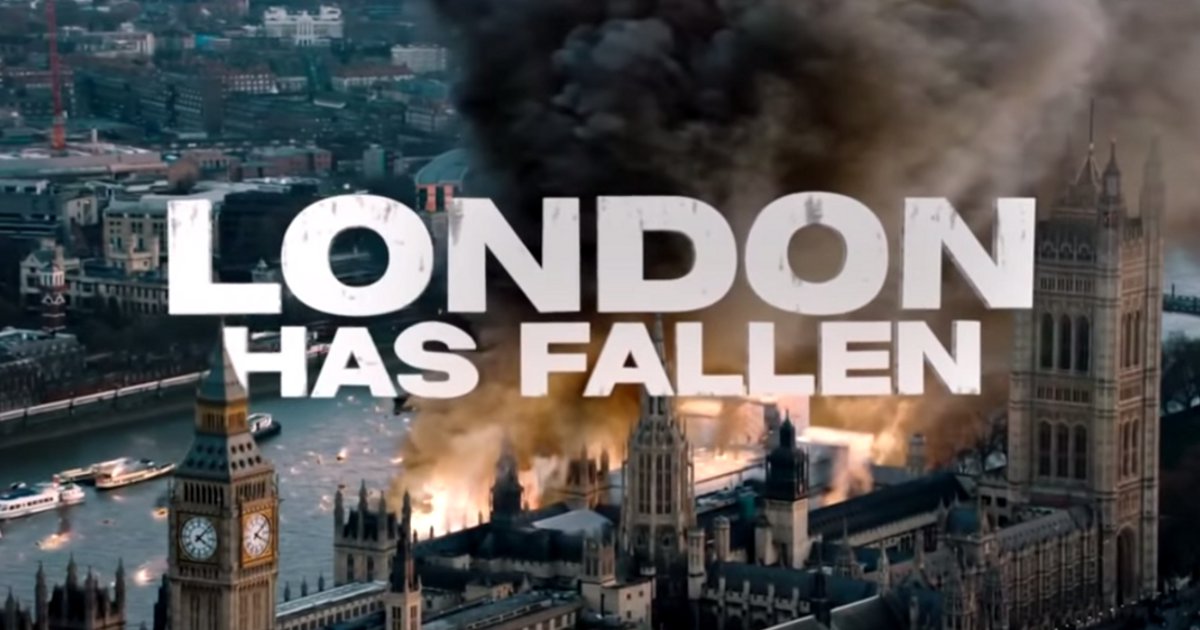Captain America: Civil War
Posted on May 4, 2016 at 8:00 pm
B+| Lowest Recommended Age: | Middle School |
| MPAA Rating: | Rated PG-13 for extended sequences of violence, action and mayhem |
| Profanity: | Brief strong language |
| Alcohol/ Drugs: | None |
| Violence/ Scariness: | Extended superhero/action violence with chases, crashes, and explosions, characters injured and killed. |
| Diversity Issues: | Diverse characters |
| Date Released to Theaters: | May 6, 2016 |
| Date Released to DVD: | September 13, 2016 |
| Amazon.com ASIN: | B01D9EUNB4 |

The most important element of any superhero movie is the villain. He (or she) has to pose a credible threat to humanity and challenge particular strengths and vulnerabilities of someone with extraordinary powers. In “Captain America: Winter Soldier” there was a paranoiac Pogo-esque “we have met the enemy and he is us” theme that is expanded in “Civil War.” It goes to the heart of the Avengers themselves as a critical issues divides them so they are fighting each other.
The issue is not one we usually see in superhero movies or indeed action movies in any category: consequences. Part of the fun of action movies is seeing all of the chases, fights, and explosions, without having to worry about the cleanup or what the military euphemistically calls “collateral damage.” But this story has more impact because it acknowledges and engages with the damage that superheroes do while they are preventing worse damage. It falls somewhere between “The Incredibles” and “Eye in the Sky.”
The true meaning of collateral damage is presented early on in “Civil War.” Tony Stark (Robert Downey, Jr.) has just announced that he will fund all of the student research projects at MIT when he is confronted by a mother (a small masterpiece of devastation and fury from the extraordinary Alfre Woodard). Her son was on a humanitarian mission when he was killed in the Sokovia crash of an entire city at the end of Avengers: the Age of Ultron. For her, it doesn’t matter that the entire world was saved in theory by a supervillain who is not around when her son was killed in reality by a man who is. “You think you fight for us,” she says. “You fight for yourself.”
Stark is devastated. “We’re no better than the bad guys.” The man we first saw demonstrating his company’s military weapons as though he was a rock star performing an arena show and who had no problem defending the money he made in munitions finally has to reckon with the truth he barely realized he had been moving closer to. And that is why, after the typical superhero opening action sequence we get a non-typical reaction. With SHIELD collapsed following “Winter Soldier,” the Avengers are operating on their own, without any oversight. A coalition of 117 nations insist that they agree to be subject to a UN commission (the “or what” is not ever spelled out because, what would it be?).
One of the film’s most intriguing developments is that not only do the Avengers line up on opposite sides but they don’t take the positions we might expect. Stark’s post-confrontation grapple with guilt has the most anarchistic of superheroes suddenly looking for the comfort of some rules. And the shock of SHIELD’s corruption has the most Boy Scout-ish of all superheroes, Captain America (Chris Evans) suddenly resistant to putting himself under anyone’s control. Some of the avengers pick a side on principle; some are more instrumental or practical. The Black Widow (Scarlett Johansson), who has her own history of unspeakable crimes, says, “Staying together is more important than how we stay together.”
Directors Anthony and Joe Russo deftly manage an enormous cast of characters. It’s easier to list those who do not appear in this film: Pepper Potts, Thor, Nick Fury, and the Hulk. Pretty much everyone else is here, and superbly added to the mix we have Paul Rudd as Ant-Man, who has some surprises in store, Black Panther (a lithe, powerful, and compelling Chadwick Boseman), avenging the death of his father, and the brand-new Spidey (Tom Holland, with Marisa Tomei as Aunt May). Bucky/Winter Soldier (Sebastian Stan) is here, too, and his storyline nicely mirrors the larger themes. He has been responsible for terrible crimes and abuses and some can never forgive him. But Captain America knows something about military operations. “We try to save as many people as we can,” he says. “Sometimes doesn’t mean everybody.” He knows how a human can become a weapon, and he is determined to get his friend back. Remember, this is not the Justice League. They are Avengers, and another character’s determination to get vengeance provides one of the movie’s most signficiant twists.
I don’t want to give away too much, so I’ll just say the action is everything you’d hope, with superhero-on-superhero collisions beyond the dreams of fanboy heaven. Keep an eye on the motorcycle. And the helicopter. And Ant-Man. And some cool special effects with Stark’s augmented flashback/therapy. And stay through the credits, of course.
Parents should know that this film includes extended sci-fi/comic book action violence with chases, crashes, and explosions, characters injured and killed, and brief strong language.
Family discussion: What are the best arguments for Ironman’s position on the accords? For Cap’s? How is this Spider-Man different from other portrayals of the character?
If you like this, try: “The Avengers” and “Captain America: The Winter Soldier”

